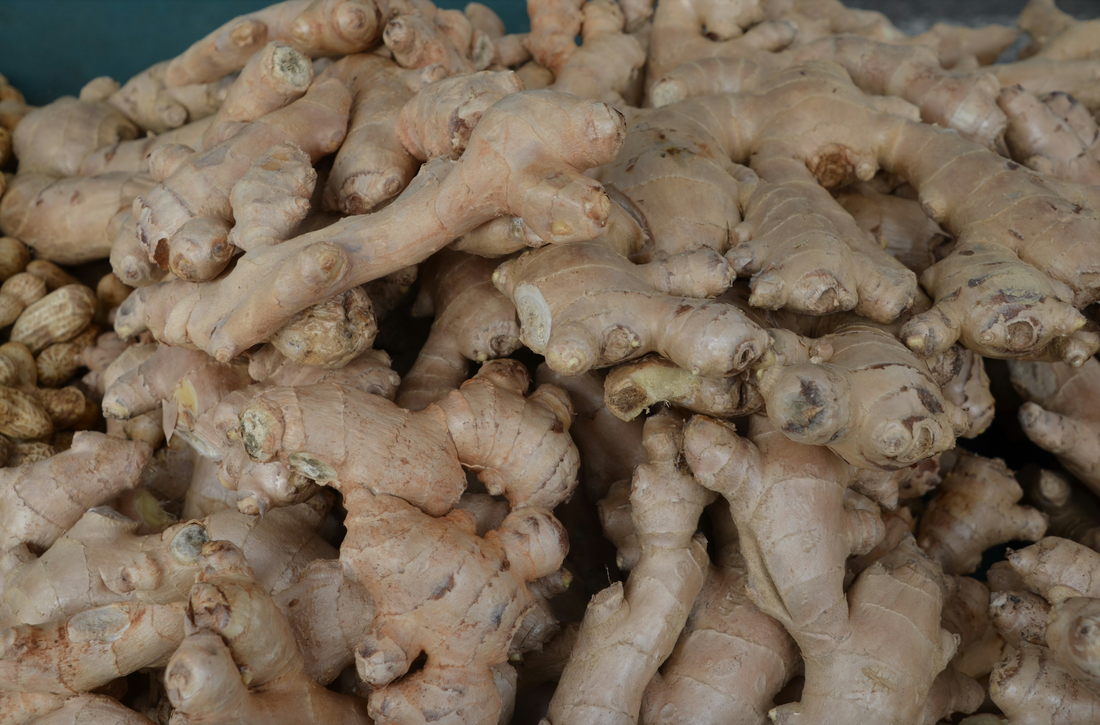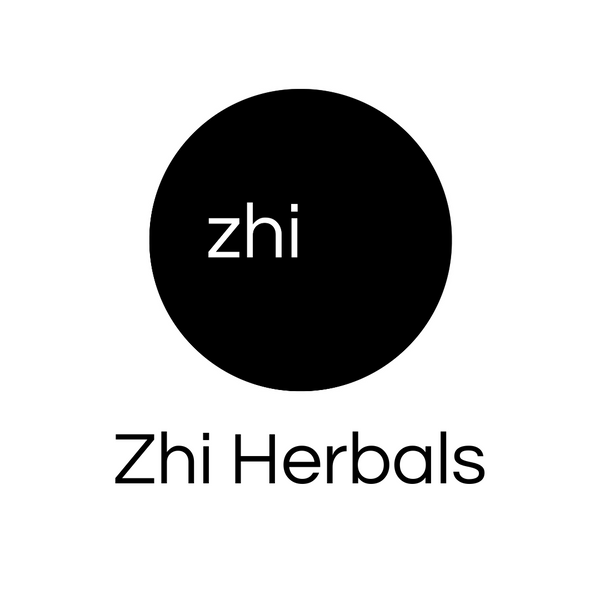
50 Ginger Root Fun Facts
Share
Fun Facts About Ginger Root
When it comes to spices and herbs, there is no denying that ginger root is one of the best. This spicy root, also known as Zingiber officinale, is widely used for its flavor and medicinal properties. But did you know that ginger root has many more interesting facts than you might expect? Let's take a look at 50 fun facts about ginger root that you probably never knew before.
- Ginger is a flowering plant with origins in Maritime Southeast Asia.
- Ginger has been used for centuries in a wide variety of cultures, and is commonly known for its spicy flavor.
- Ginger has anti-inflammatory and antibacterial properties, and is also a natural pain reliever.
- One of the active compounds found in ginger is known as gingerol – gingerol has a powerful anti-inflammatory effect.
- Ginger can be used to soothe an upset stomach and may help protect against some forms of cancer.
- Ginger root can be used fresh, dried, or powdered. You can even ferment it!
- Ginger is a common ingredient in Asian, Caribbean, and Indian cooking.
- There are many varieties of ginger, including white ginger root (most commonly used in cooking), purple ginger root, and baby ginger root.
- Yellow ginger root is an alternative name for turmeric root.
- Ginger is thought to be beneficial for relieving nausea and morning sickness.
- Studies have shown that ginger may help reduce cholesterol levels.
- Consuming too much ginger in a day can lead to digestive issues, such as heartburn.
- Ginger can be used topically in tinctures, capsules, or ointments.
- Ginger can help reduce menstrual cramps and alleviate PMS symptoms.
- Ginger can be used as a natural insect repellent.
- Ginger contains compounds that help improve circulation in the body.
- Ginger can help reduce muscle soreness and improve joint pain.
- Ginger has been used to help with respiratory issues such as coughs and colds.
- Ginger is a traditional ingredient in many Chinese and Ayurvedic herbal medicine formulas.
- Ginger can help promote digestion and reduce bloating.
- Fresh ginger root can be sliced and steeped in a cup of hot water to make a warming tea.
- Ginger is thought to help with the absorption of vital nutrients in the body.
- Ginger is said to be beneficial for those with anemia, as can help the body absorb iron more easily.
- Ginger can help reduce the effects of free radicals in the body and protect against oxidative stress.
- Ginger can be used as a mild natural stimulant to help fight fatigue.
- Ginger has historically been used as an aphrodisiac.
- Ginger is known to improve blood circulation in the body.
- Ginger juice can be mixed with lemon or lime juice, water, sugar, and ice for a refreshing summer drink.
- Ginger root is considered a low-glycemic food.
- Eating ginger root can help boost the body’s metabolism.
- The smell of ginger can help reduce stress and anxiety.
- Ginger can help to relieve nausea and diarrhea.
- Ginger root is low in calories, with 11 grams of fresh ginger root containing only 9 calories.
- Studies have shown that ginger may help reduce the risk of Alzheimer’s disease.
- Ginger has been used to treat nausea from chemotherapy.
- Consuming ginger can help regulate blood pressure.
- Ginger is known to be beneficial for improving respiratory health.
- Ginger can help soothe an irritated throat when mixed with honey.
- Ginger can help improve the production of red blood cells for some people.
- The natural compounds found in ginger can help reduce the symptoms of a cold.
- Ginger root is thought to have anti-aging properties.
- Ginger root (Zingiber officinale) is related to turmeric, galangal, and cardamom.
- The type of ginger root most used for cooking is a cultivated variety that does not exist naturally in the wild.
- It is said that Confucius ate ginger with every meal.
- Historically, ginger was grown in pots and carried on ships to prevent scurvy.
- In 14th century England, if you wanted to buy a pound of ginger, it would cost you the same amount as purchasing an entire live sheep.
- India produces more ginger than any other country in the world.
- Raw ginger is 79% water.
- Powdered ginger is exceptionally high in the trace mineral manganese. A teaspoon of powdered ginger root provides approximately 70% of your manganese daily value.
- Ginger root can interact with anticoagulants.
